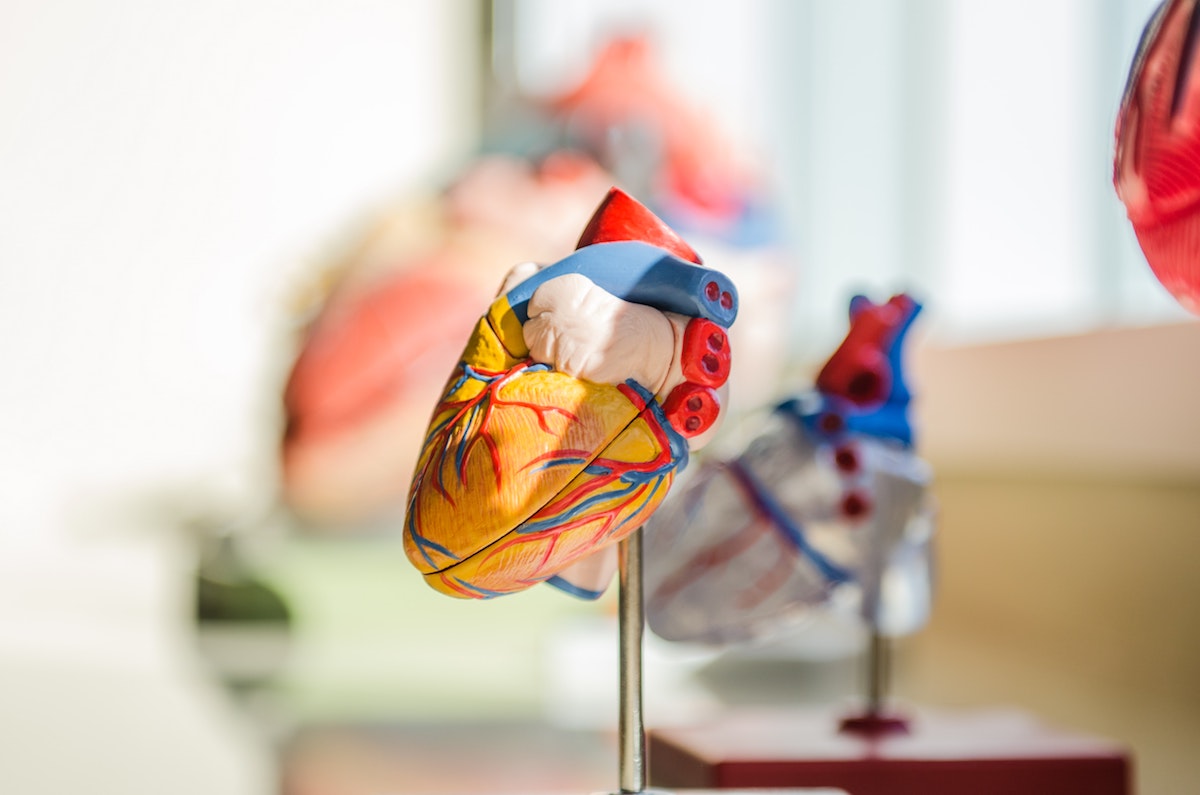The field of cardiovascular imaging has seen a significant improvement over recent years due to advances in technology. These advancements have led to a substantial reduction in the dose of radiation required for high-quality, rapid, reliable imaging. This has provided physicians and providers with better availability and accessibility to various imaging modalities and improved their clinical practicality. With this in mind, it is essential to know what each modality does and when it is most appropriate to use each one.
Types of Cardiovascular Imaging
There are several different types of imaging modalities used in cardiology. They are usually discussed by the type of technique used: Ultrasound, magnetic resonance imaging (MRI), or computed tomography (CT).
Ultrasound
Echocardiography, known more simply as an echo, involves taking moving images of the heart using sound waves. Its main advantage has been that it can provide significant amounts of data without exposing the patient to radiation. There are several types of echo test; some of the more common types are discussed below.
The most common type of echo is a transthoracic echo. This type of echo involves sending ultrasound waves through your chest wall to your heart that bounce off the heart’s walls, which an echo machine converts into pictures. These pictures help determine the heart’s size, shape, wall thickness, and how well the chambers and valves function. It is also used to assess damage following a heart attack. A transthoracic echo can help diagnose pericardial effusions, which is the build-up of extra fluid around the heart.
Another common type of test is a stress echo, which looks at how the heart responds to strain. This is typically done as part of a more comprehensive stress test that examines where the heart is pushed to around 80 to 90% of its capacity. A stress echo is valuable in determining the heart’s overall functionality and performance levels and the maximum capacity of each of its chambers. It can also help diagnose deformities by showing changes in the heart’s shape and dimension during the cardiac cycle.
The most common form of a stress test is a treadmill stress test because the patient is made to walk or run on a treadmill until their heart reaches the desired level of strain. If the patient cannot do the treadmill stress test, another option is to inject a stress agent to increase the blood flow into the heart’s arteries. This is sometimes called a lexiscan stress test after the most commonly used stress agent. Like the treadmill stress test, a stress echo is done before and after to examine the heart’s functionality.
MRI
A cardiac MRI will use magnets and radio waves to create more detailed pictures of the heart. It can also provide a lot of information, such as the heart’s shape, size, and function in one test. It can provide images of any abnormalities in either the heart’s muscles or tissue composition. This information is useful in diagnosing many types of heart disease, muscle dysfunction, and other cardiac disorders. It is a great tool to evaluate the right side of the heart, cardiac tumors and at anytime we cannot get good pictures from echo. Many believe that the use of MRI will continue to rise as scanner availability continues to increase. This might reduce the cost of scans and the time required to scan with newer technology.
Computed Tomography (CT)
Cardiac Computed Tomography Angiography (CCTA) is a test that uses a CT scanner to look at the heart’s structure and blood vessels. It is created by taking a combination of x-ray images and building them into cross-sectional pictures. This is useful in helping to diagnose artery disease in a non-invasive way.
Another CT test used in Cardiology is a Coronary CT calcium scan, which looks for calcium-containing plaque deposits in the heart’s arteries. This test does not use any contrast and is useful to tell each patient about their risk of heart attack in the next 10 years. It is often used in conjunction with lipid profile and other risk assessment models.
The options for coronary imaging techniques are continually improving for physicians and providers as technological advancements in the area continue at pace. The importance of choosing the right modality is critical for the correct diagnosis and treatment of coronary conditions.
References
- Mayo Clinic: Echocardiogram
- Cedars Sinai: Transthoracic Echocardiogram (TTE)
- MedlinePlus: Stress echocardiography
- American Heart Association: Exercise Stress Test
- What is a Nuclear Lexiscan Stress Test?
- NIH: Cardiac MRI
- Cleveland Clinic: Coronary Computed Tomography Angiogram
- Mayo Clinic: Heart scan (coronary calcium scan)
